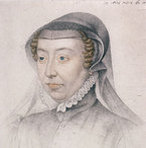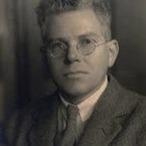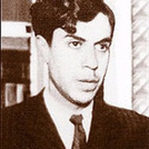|
With her first Mozart recording in thirteen years, Sandrine Piau returns to Mozart, “the musical bedrock,” to showcase a few of his less well-known arias. 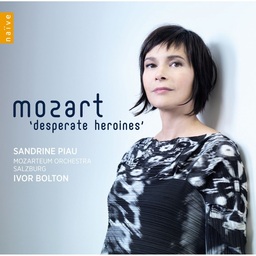 Sandrine Piau, Mozart Desperate Heroines Sandrine Piau, Mozart Desperate Heroines With thirteen years between her first Mozart recital album and Desperate Heroines, Sandrine Piau returns to the young master with many successful performances in the repertoire under her belt. With that wealth of experience, Piau manages to successfully juxtapose childlike figures, such as Barbarina from Le nozze di Figaro, with dramatic heroines such as Donna Anna. While there is a tormented thread which binds the album together, the emotional states, circumstances, and, in the case of Aminta, the gender of the characters represented here differ greatly. It is to her credit that Piau is able to make each character distinct from the rest, and their stories so vividly brought to life. Piau begins with the album with Barbarina’s short aria, “l'ho perduta, me meschina” from Le nozze di Figaro. Piau manages to get under the skin of her character surprisingly well for such a short aria, embodying the frantic worry of the peasant girl Barbarina, as she searches for the pin which Count Almaviva has given her to give to Susanna.
In the recitative preceding “pallid'ombre” from Mitridate, re di Ponto, Aspasia contemplates suicide. Piau begins with fiery anguish, yet she takes us on a journey which culminates in almost triumphant defiance. The cavatina begins in prayer-like fashion, building through the rising tessitura to a desperately forlorn entreaty. Piau’s treatment of the second part of the cavatina, where Aspasia contemplates the fate of Sifare, is both dramatic and moving. “Crudeli, oh dio! fermate... ah dal pianto” is full of conflicting emotions. Piau takes us on an roller-coaster journey from anger, through confusion and fear, to despair and desolation in the cavatina, always totally committed to the turmoil Sandrina is experiencing. With its nods to Konstanza’s aria from Die Entführung aus dem Serail, “Martern aller Arten,” “se il padre perdei” from Idomeneo sees Illa sing of her loss, and of her new-found contentment. Piau crafts with great skill the emotional landscape of a woman who has lost her father, yet has found a new love she dare not yet admit to. Written for the soprano castrato Tommaso Consoli, “L'amero,” from Il re pastore, contains the ardent protestations of Aminta, who swears his love for his beloved Elisa. Piau brings a youthful androgyny to the roll, fusing innocence with the youthful love and tenderness. Ivor Bolton and the Mozarteum Orchestra Salzburg are fantastic on this album, working intuitively and intelligently with Sandrine Piau to bring Mozart’s arias to life. This is a wonderful album, bringing a new understanding to some of Mozart’s Desperate Heroines.
0 Comments
|
Archives
October 2014
Categories
All
|
MOST VIEWED POSTS
© James Edward Hughes 2013
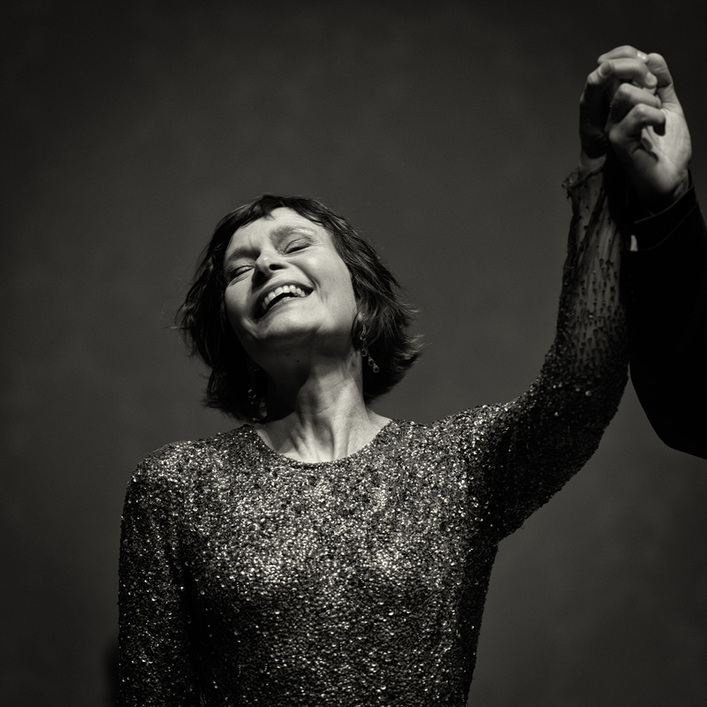
 RSS Feed
RSS Feed
